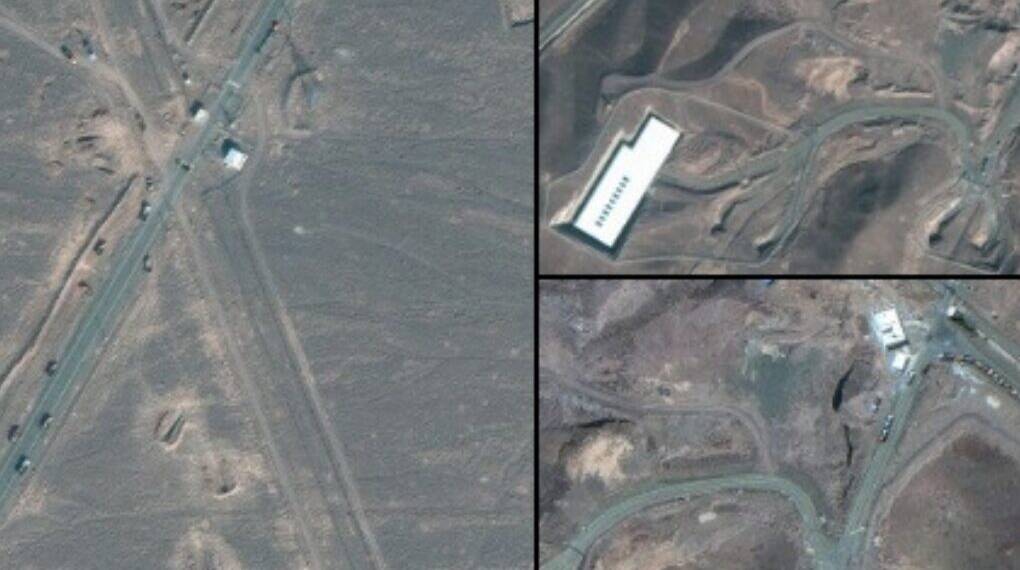A major international security concern is unfolding after U.S. officials revealed that 400 kilograms of enriched uranium—potentially enough to build up to 10 nuclear weapons—has gone missing from Iranian stockpiles following a recent military strike by the United States on three of Iran’s key nuclear facilities.
U.S. Vice President JD Vance, speaking to ABC News, confirmed that the uranium, enriched up to 60 percent purity, was not accounted for after Washington launched a series of targeted airstrikes last week using six GBU-37 ‘bunker buster’ bombs. These were dropped on Iran’s heavily fortified Fordow, Natanz, and Isfahan nuclear sites.
Though the uranium is still short of the weapons-grade 90 percent enrichment threshold, experts warn that the current level means Iran is already well past the limits set by the now-defunct 2015 nuclear agreement. The missing material represents not just a potential threat, but a significant bargaining chip should Iran decide to re-enter nuclear negotiations.
Suspicions of Pre-Emptive Move by Tehran
There are growing suspicions that Iran relocated the uranium stockpile, along with some critical centrifuge equipment, just days before the strike—possibly anticipating the U.S. operation. The claim was reiterated by Israeli officials, who spoke to The New York Times, citing satellite imagery as key evidence.
Photos captured before the attack showed a convoy of 16 trucks outside the Fordow facility, which is carved deep into a mountain and believed to be resistant to conventional bombing. The convoy’s activity reportedly triggered urgent Israeli appeals to the U.S. to engage its stealth B-2 Spirit bombers and bunker-busting ordnance.
Following the early Sunday morning strikes, satellite images revealed extensive structural damage at all three nuclear sites—but notably, the convoy of trucks had vanished.
Implications for Global Security
This development marks a dangerous new phase in the ongoing standoff over Iran’s nuclear ambitions. Experts suggest that if the uranium has been successfully hidden, it complicates efforts by the International Atomic Energy Agency (IAEA) to verify Iran’s compliance with global nuclear standards.
“The missing uranium could be anywhere,” one unnamed Western diplomat told NDTV. “And that is the nightmare scenario. It’s not just about Iran having it—it’s also about the potential for it to fall into other hands.”
What’s Next?
The Biden administration is facing pressure from both domestic and international quarters to intensify monitoring and diplomatic outreach, while Israel has warned of further unilateral action if Tehran is found to be accelerating its nuclear program in secret.
Iran has yet to issue an official statement regarding the missing uranium or the U.S. strikes. However, Iranian state media has condemned the attacks, calling them an “act of aggression” and vowing retaliation “at a time and place of its choosing.”
As tensions escalate, the international community watches closely aware that what happens next could determine the future of nuclear non-proliferation efforts in the region and beyond.








